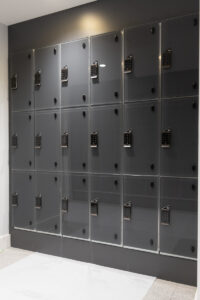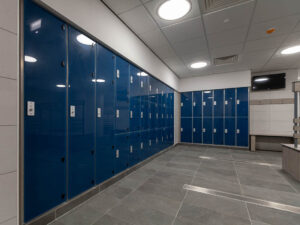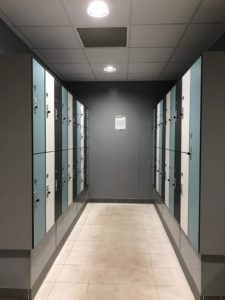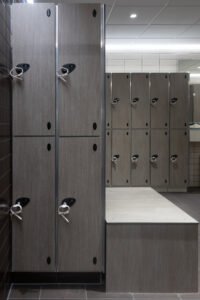

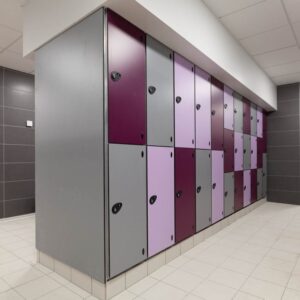
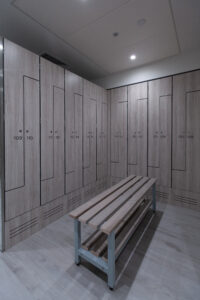
Whether it’s at school, at the gym, or even at work, lockers are a fundamental part of our everyday life. Lockers may gather relentless stains and smudges over time, not only making the environment unpleasant but also making it unsanitary. In this blog, we’ll give you guidance through the locker cleaning procedure and provide you with practical advice for removing all types of stains and smudges.
Guidance for Cleaning your lockers
Step 1. Use a damp cloth or sponge and a little soap or detergent for a general cleaning. After finishing, rinse and dry the panels.
Step 2: For tough strains apply a gentle home cleanser or detergent and a soft-bristled brush.
Step 3: If tough stains remain the same, apply a non-scratch cleanser like Cif or Flash while softly scrubbing the stain for 10 to 20 seconds.
Step 4: If the stain still exists, use household bleach that has not been diluted, let it sit for no more than two minutes, and then thoroughly rinse with warm water. Do not expose laminate to household bleach and it may result in irreversible discoloration.
Step 5: Use a mildly abrasive cream cleanser to gently scrub the surface if it has been discoloured due to prolonged contact with industrial grime.
Do and Do Not
- Do not use acidic or abrasive cleaners.
- DO always rinse thoroughly after cleaning (residue from cleaning solutions is
- the single greatest cause of damage to glass and laminate surfaces).
- Do wipe up spills immediately and rinse thoroughly.
- DO NOT use acidic or abrasive cleaners, expose the glass or laminate to household bleach for prolonged periods of time, or apply excessive scrubbing.
Laminate and Glass Locker Doors.
With the Laminate and Glass locker doors always start by trying the gentlest method of cleaning. If a stain persists work through the following steps, repeating each step several times if the stain seems to be disappearing.
Metal Lockers
For metal lockers and lockers with metal bodies, it is essential to lubricate the hinges and locks on occasion. This will mostly rely on the location of the lockers and how often their owners use them. If they are used frequently, it is wise to routinely inspect the hinges and locks, which should be greased or repaired as necessary.
Conclusion
Cleaning lockers may be difficult, especially when dealing with stains and smudges that won’t go away. However, by the instructions provided you can successfully get rid of those undesirable markings and keep your lockers clean and sanitary. To keep your Locker looking good for a long time, keep in mind to use the appropriate cleaning solutions, be patient with difficult stains, and take preventative actions. With these suggestions, you can make your locker maintain a neat environment that is both practical and aesthetically pleasing.
